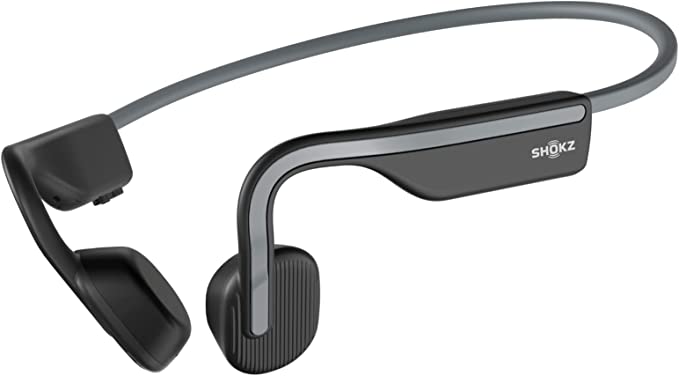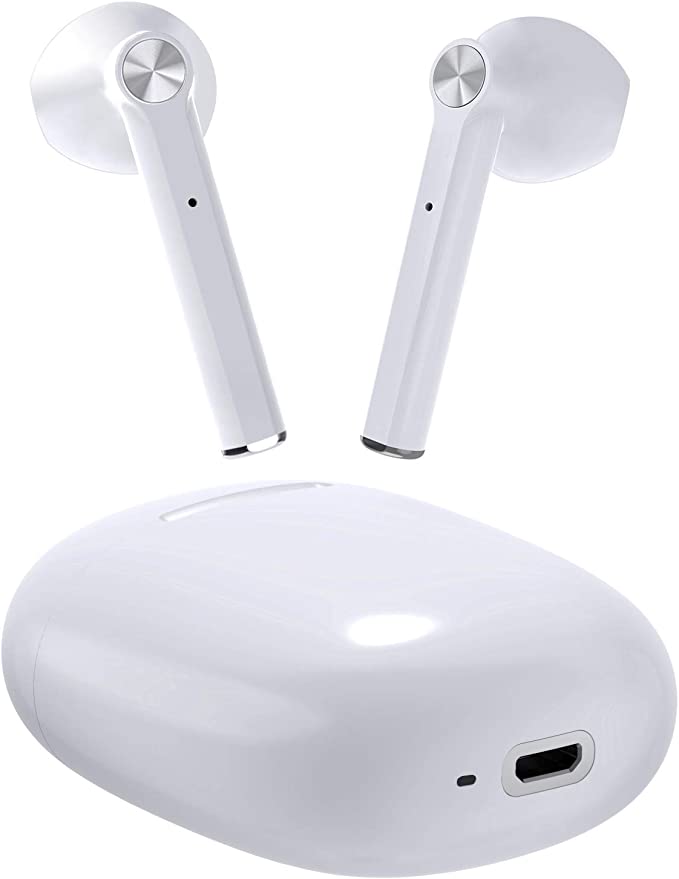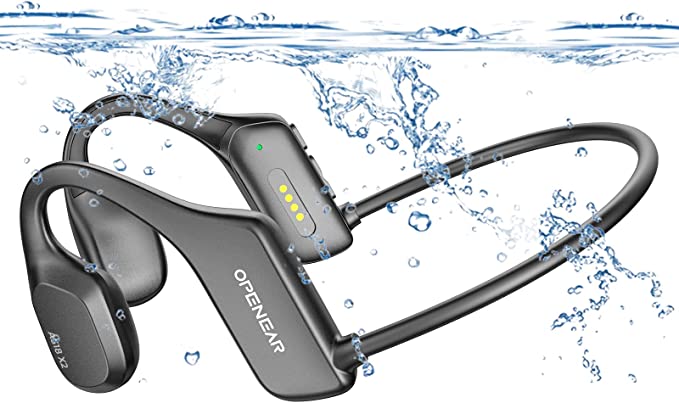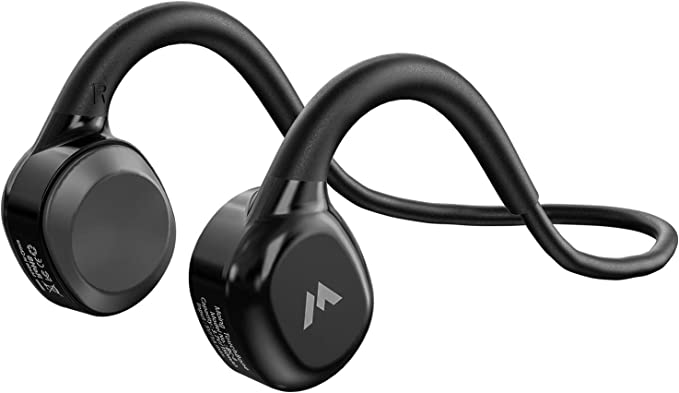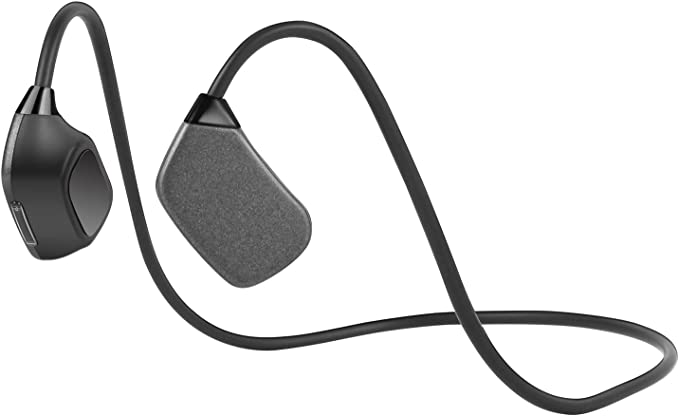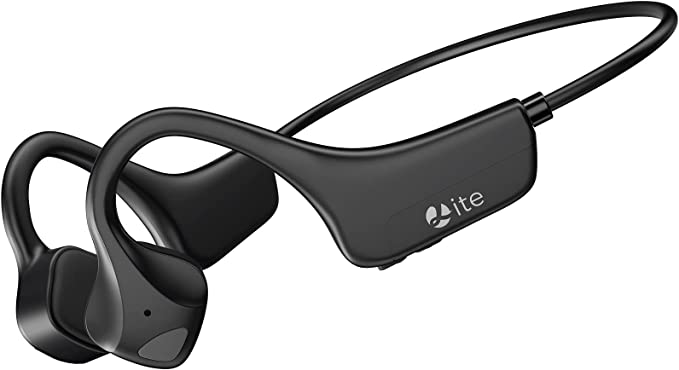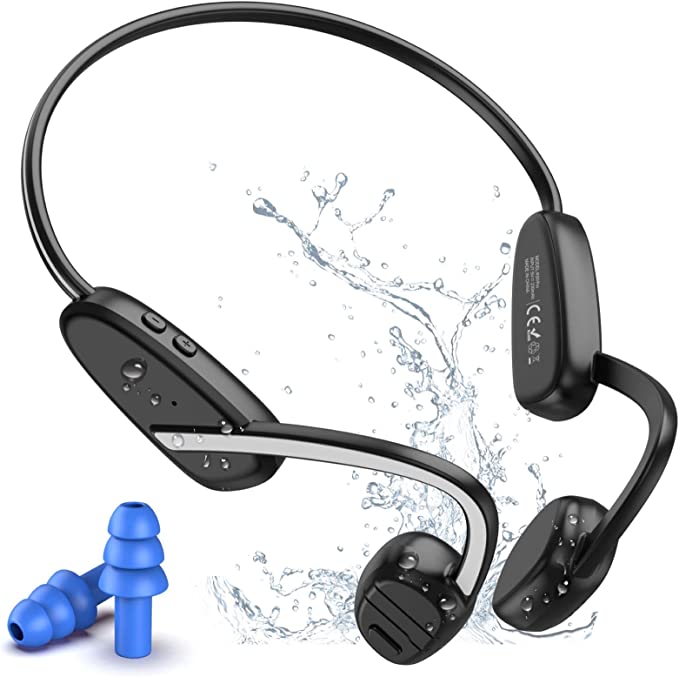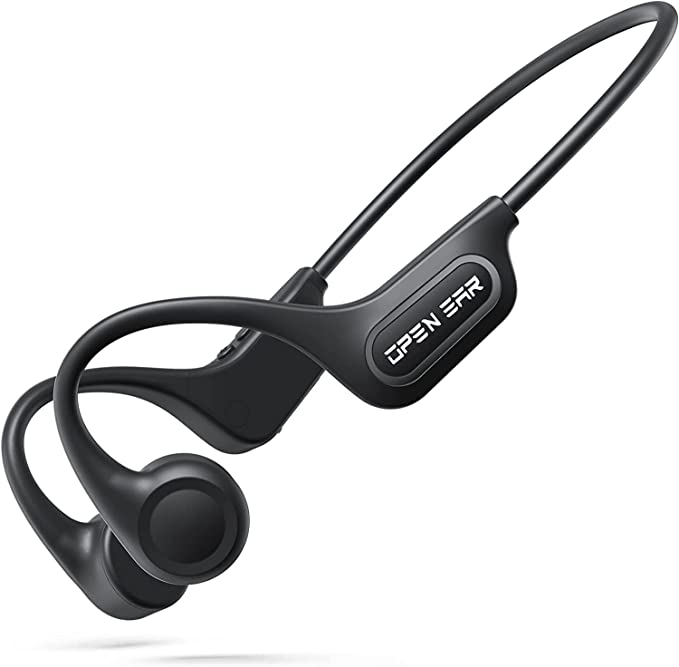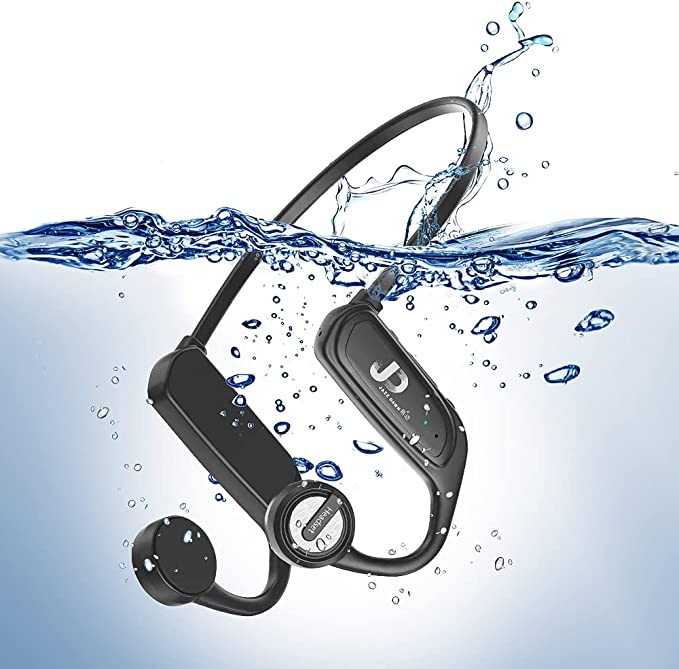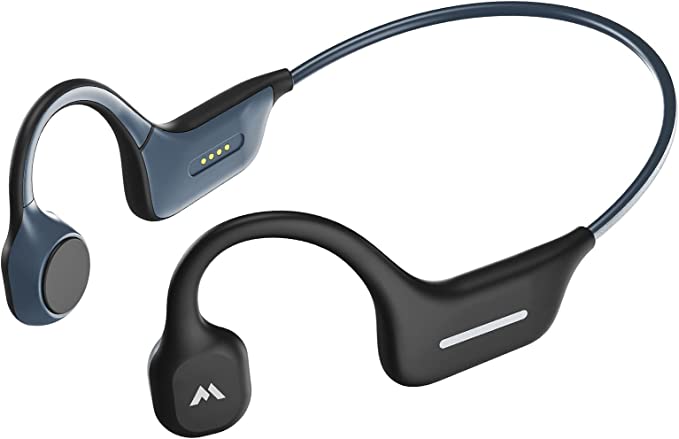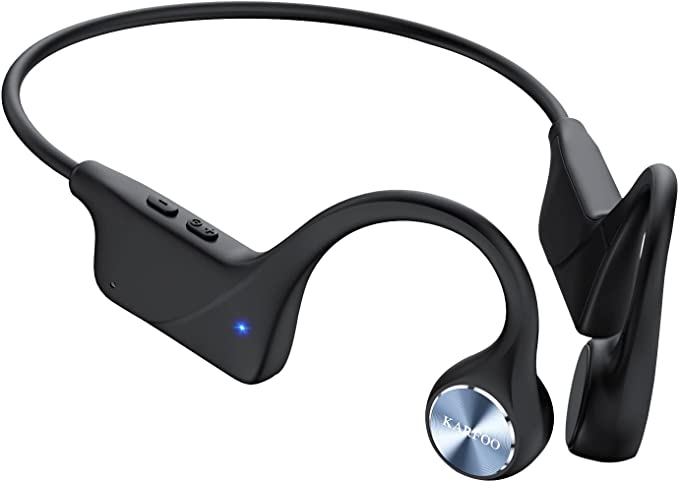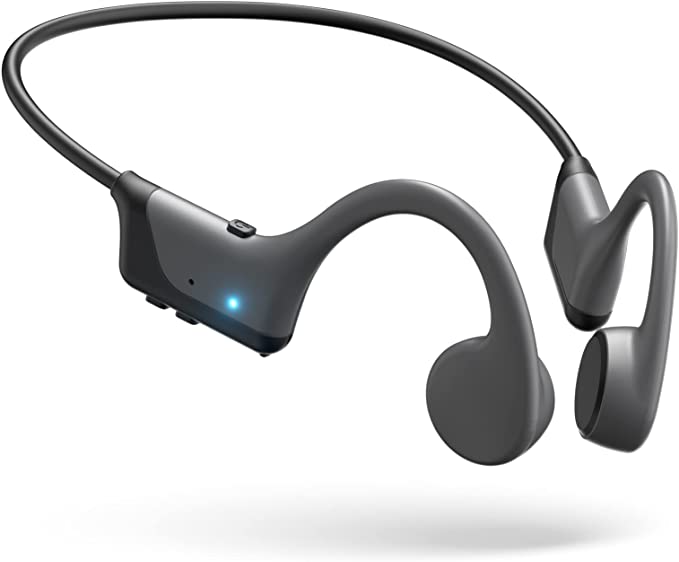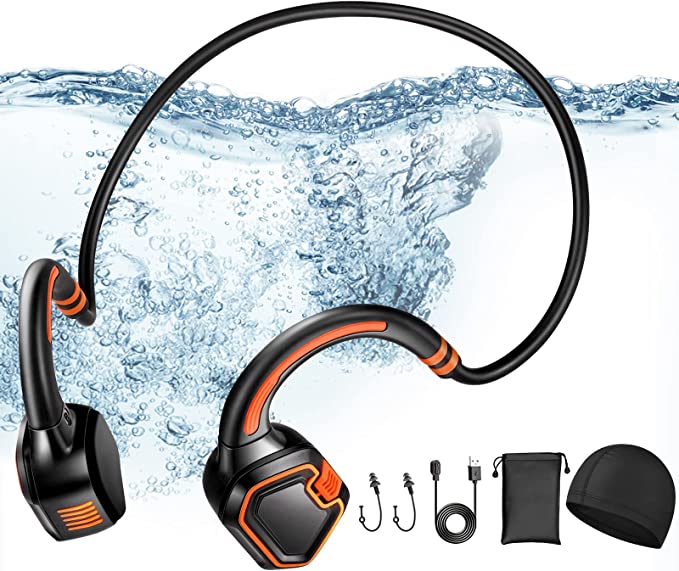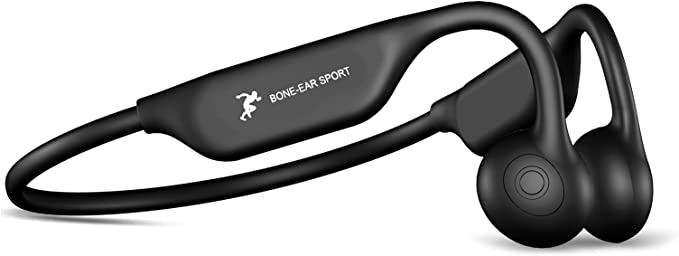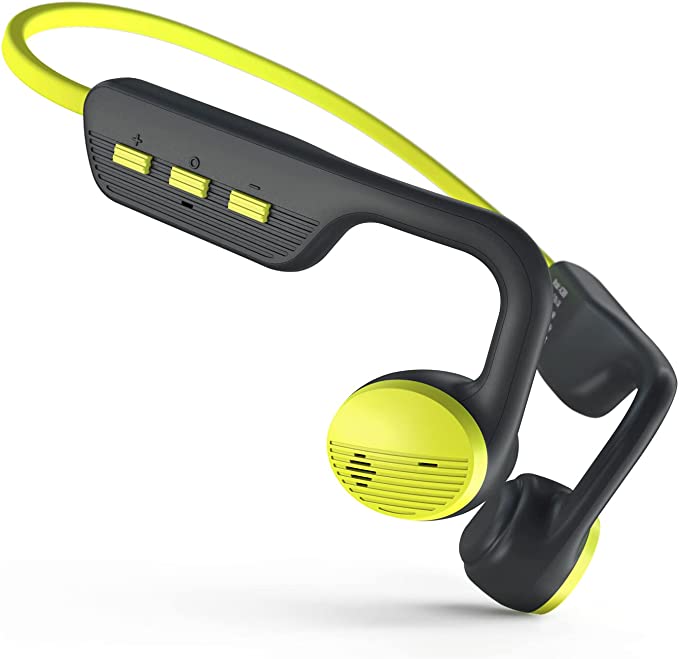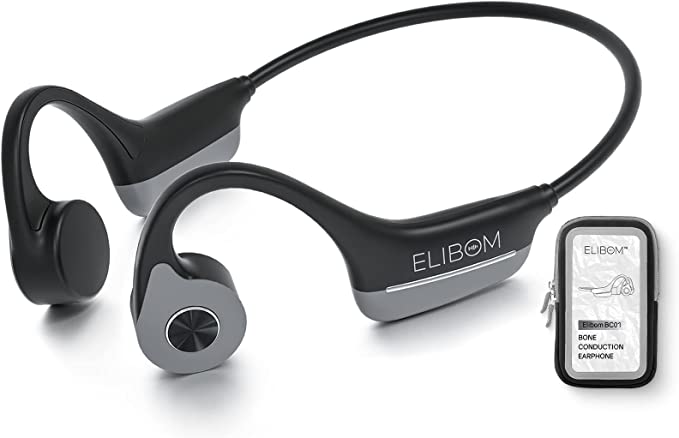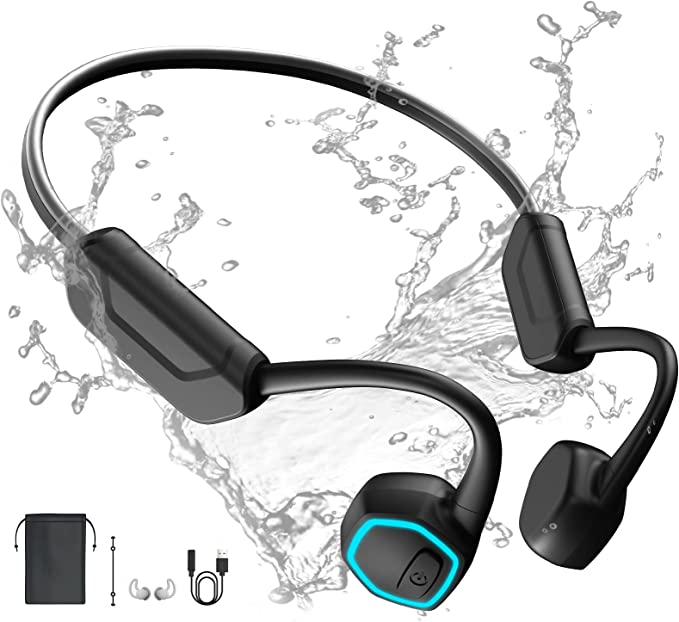S+ Newlifest M1 Bone Conduction Headphones: Open-ear Audio Bliss
Update on June 30, 2025, 5:32 a.m.
In the early 19th century, as deafness descended upon him like a silent curtain, the great composer Ludwig van Beethoven reportedly found a curious way to hear his piano. He would bite down on a conducting baton, pressing the other end against the instrument’s soundboard. The vibrations would travel through the wooden rod, through his jaw, and into his head, allowing him to perceive the notes as if by magic.
This wasn’t magic; it was physics. And it reveals a profound truth about our senses: sound has more than one path to the brain. Over two centuries later, this same principle is at the heart of devices like the S+ Newlifest M1 Bone Conduction Headphones, transforming Beethoven’s desperate workaround into an elegant solution for the modern world.

The Two Highways of Hearing
To understand the genius of bone conduction, we first need to appreciate our body’s standard auditory setup. Think of it as the “Air Highway.” Sound waves travel through the air, are collected by our outer ear, and funneled down the ear canal to vibrate the eardrum. These vibrations are then passed along a chain of tiny bones to the cochlea, a spiral-shaped marvel of biology in our inner ear that acts as the brain’s microphone, translating physical vibrations into the electrical signals we perceive as music, speech, or the rustle of leaves.
Bone conduction simply opens up a second, more direct route: the “Bone Highway.” Instead of traveling through the air, sound is delivered as subtle vibrations via transducers resting on your cheekbones. These vibrations travel through the solid structure of your skull, bypassing the outer and middle ear entirely, and arriving at the very same destination: the cochlea. You experience this every day. The reason your voice sounds deeper and richer to you than it does on a recording is because you hear it through a mix of both the Air and Bone Highways. Devices like the S+ M1 simply isolate and harness this second path, leaving the Air Highway completely clear to receive ambient sounds from your environment.

Engineering an Echo: Crafting a Modern Marvel
Turning a 19th-century observation into a lightweight, high-fidelity wireless device is a monumental engineering challenge. The S+ M1 is a case study in how modern technology tames this principle.
At its core is the transducer—the tiny engine that converts electrical signals into vibrations. S+’s claim of “Third Generation Bone Conduction Technology” can be understood as a dedicated effort to perfect this engine. Engineers in this field constantly strive to improve electro-acoustic efficiency: getting more precise vibrations with less power, which directly translates to clearer audio and longer battery life, while minimizing the distracting “tickle” that early models sometimes produced.
The “brains” of the operation is the Qualcomm QCC3024 chipset. This isn’t just a random component; it’s a highly efficient System-on-Chip renowned for its low power consumption, which is fundamental to achieving the impressive 10+ hours of continuous playtime. It also ensures a rock-solid Bluetooth 5.1 connection, eliminating the frustrating skips and drops that can ruin a workout.
This technology is then wrapped in a meticulously designed body. A weight of just 33 grams means it rests on your ears so lightly that, like a pair of well-worn glasses, you can almost forget it’s there. The design is also built for resilience. Its IPX6 rating, as defined by the International Electrotechnical Commission (IEC) standard 60529, certifies that it can withstand powerful jets of water from any direction. For you, this means it will shrug off intense sweat during a marathon or a sudden, torrential downpour on your cycle home.

An Engineer’s Honest Conversation About Trade-offs
No piece of technology is without its compromises; they are the result of deliberate design choices rooted in the laws of physics. So, let’s have an honest, engineer-to-user chat about what to expect.
First, there’s the physics of a whisper, commonly known as sound leakage. Because the transducers create vibrations to produce sound, some of that energy will inevitably be transferred to the air. In a quiet room, at high volumes, a person next to you might hear a faint echo of your music. This isn’t a flaw; it’s an inherent property of open-ear designs.
Second is the bass conundrum. The S+ M1 has a specified frequency response of 75Hz - 20KHz. That 75Hz lower limit, typical for bone conduction, means you won’t feel the deep, sub-bass rumble that in-ear headphones produce by sealing your ear canal. The technology excels at the mid and high frequencies where vocals and intricate melodies live. This is precisely why the inclusion of a “Bass Boost” EQ mode is so clever; it’s an acoustic adjustment designed to psychoacoustically compensate for this physical characteristic, adding warmth and punch to your music.
Finally, the magnetic charging port. Some users note the inconvenience of a proprietary cable. This is a classic engineering trade-off. A standard USB-C port would require a physical cutout with a rubber flap, which is a potential failure point for water ingress over time. The magnetic port creates a perfectly sealed, seamless surface, vastly improving the device’s durability and water resistance—a deliberate choice to prioritize resilience over universal convenience.

Conclusion: More Than Music—A New Interface with Reality
The S+ Newlifest M1 Bone Conduction Headphones are not designed to be the ultimate audiophile listening tool for a quiet room. They are not meant to replace your noise-cancelling cans for a long flight. Instead, they represent a different philosophy of listening. They are a specialized instrument for those who want to weave a personal soundtrack into their life without severing their connection to the world.
This technology embodies a kind of “subtractive” elegance in user interface design. It doesn’t demand your full sensory attention. It adds a layer of audio to your reality—be it a podcast during your commute, a motivating playlist on a trail run, or background music in the office—without taking away your ability to hear a car horn, a colleague calling your name, or the simple joy of birdsong.
From Beethoven’s baton to a Bluetooth-enabled band of silicone and titanium, bone conduction has completed its journey from a historical curiosity to a sophisticated tool. It offers a glimpse into a future where technology integrates more seamlessly and respectfully with our human senses, allowing us to be present in both the digital and the physical worlds at the same time.
